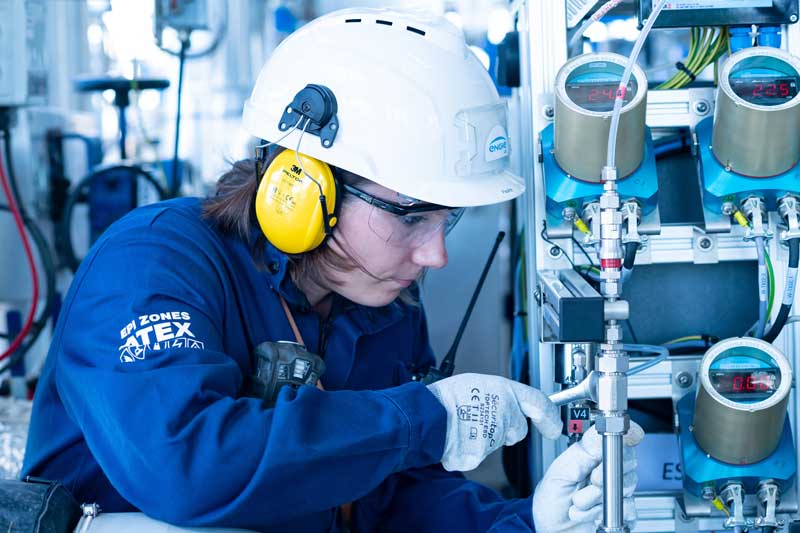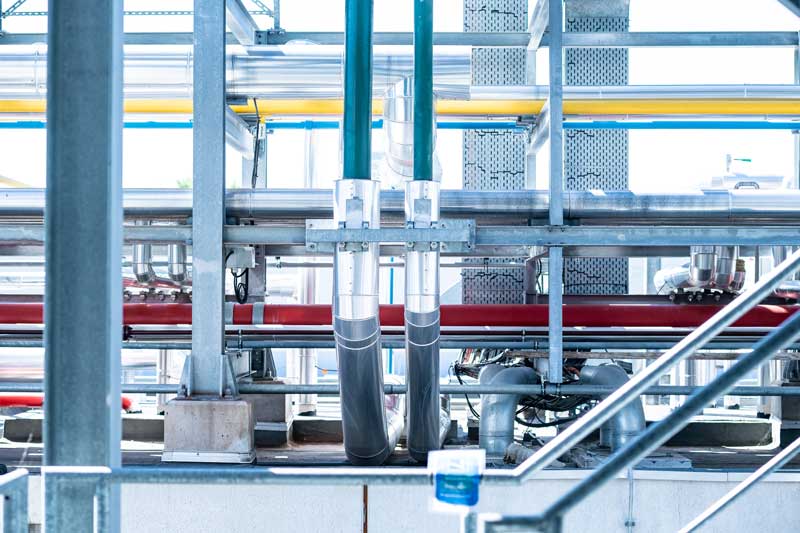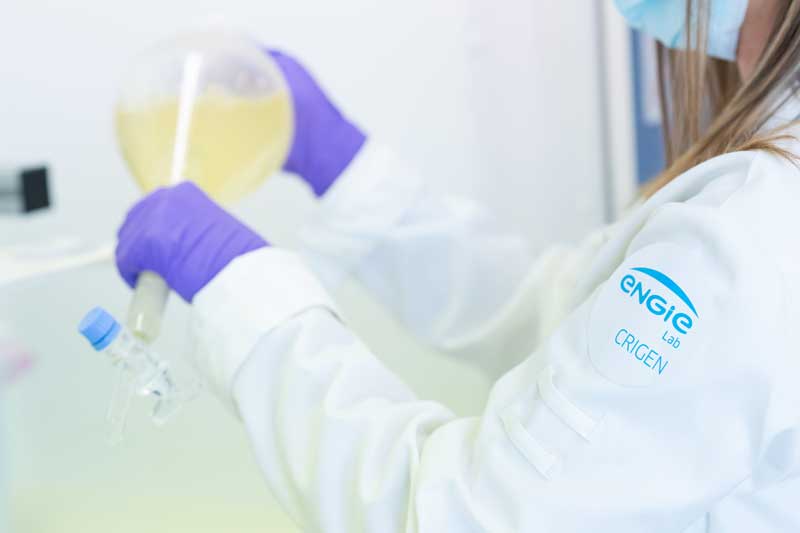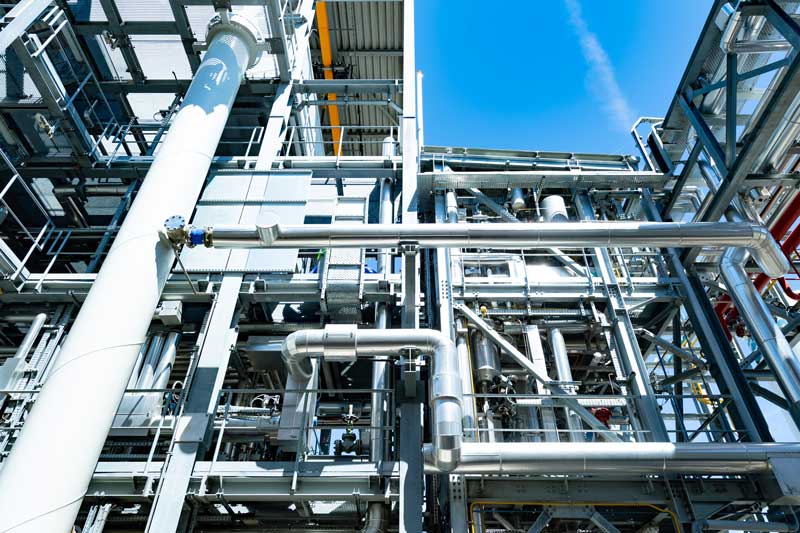H2SITE: ENGIE invests in on-site hydrogen production
ENGIE New Ventures has invested in H2SITE, a start-up based in Bilbao, Spain, which seeks to commercialize a system able to produce high purity hydrogen on customer’s premises from methane, more specifically biomethane.
3 questions for Johann Boukhors, CEO of ENGIE New Ventures.
Who does H2SITE belong to?
H2SITE is a spin-off created by the Tecnalia European research and technology center and Eindhoven University of Technology. ENGIE has taken a minority stake in the capital of H2SITE and is cooperating with it on its research and development projects.
Why hydrogen?
ENGIE firmly believes that hydrogen is an essential ingredient in the energy transition, as it fulfills several needs in terms of mobility, energy storage and industrial applications. The H2SITE technology platform addresses its customers’ requirements in terms of decentralized hydrogen production, transportation and storage. Their breakthrough technology has been identified and evaluated by ENGIE in a variety of collaborative research projects.
What makes H2SITE unique?
H2SITE sets out both to help its customers save money and to pave the way for the green mobility that will characterize tomorrow’s world – two objectives that presuppose being able to produce high-quality hydrogen on site. The on-site production of green hydrogen using biogas, bioethanol or biomethanol eliminates transportation costs and avoids energy loss caused by compression and decompression operations, as well as leaks. Such a solution has previously been considered to be science fiction, but it has now become reality thanks to technology developed in-house by H2SITE and a type of state-of-the-art A-SMR (Small Modular Reactor).
Innovation tracks are endless and biogas is one of the must-haves for the future of energy. The next step is simple: large-scale production and deployment.
Discover all the chapters of our feature on Research and Innovation.






